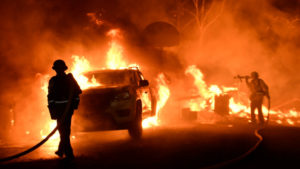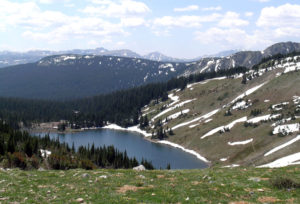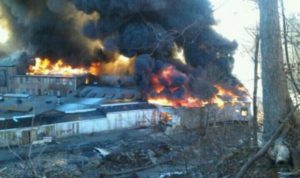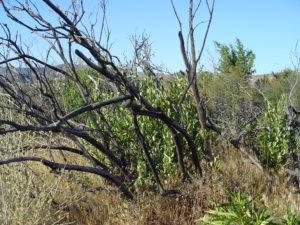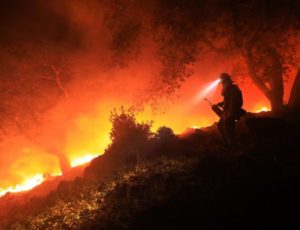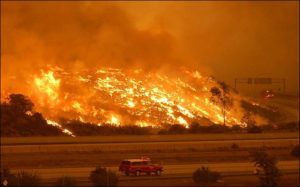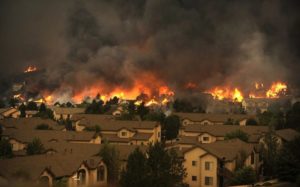Wildfire Revisited
Things are hot in Southern California. Earlier, it was hot in Santa Rosa and the Napa Valley. When there is a high pressure system over the Great Basin and a low develops off the California Coast, the pressure gradient gives rise to hot downslope winds blowing from east to west. The Santa Ana. Wildfires proliferate in the mountainous chaparral country. As the population continues to grow, the urban areas extend into the brush country.
That Great Basin high is also a fire maker for Colorado, Utah, New Mexico, and Arizona. Here in Colorado, low pressure systems move down the Plains and the pressure gradient creates winds similar to California’s Santa Ana. As with most natural phenomena, it is not if, but when.
It’s gonna burn, folks.
The brush country is that way because frequent wildfires prevent any significant tree growth. When the brush burns, it tends to return in just a few years. With trees, not so much.
I remember backpacking through a 100 year old burn in the Rawah Wilderness here in Colorado. The trees had not returned, and the topsoil was eroded away on the hilltops. Fires in Colorado’s chaparral country such as west of Glenwood Springs burn and in five or ten years the brush is back, ready to burn again.
I have seen this happen in my lifetime. The ridges south of the Colorado River and west of Glenwood have burned at least twice. Lightning causes some of the fires, but once a fire spread from the town dump. The tragic 1994 fire that 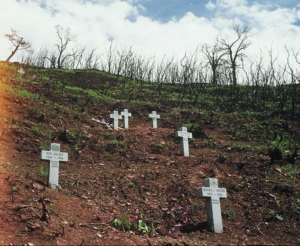 killed fourteen firefighters was north of the river and just west of Glenwood. The fuel load was greater because the area had not burned for some time.
killed fourteen firefighters was north of the river and just west of Glenwood. The fuel load was greater because the area had not burned for some time.
If you go back to the Storm King fire area, you will see the brush returning. It’s not ready to burn yet, but given some time and a few wet years, it will be ready to go again. The town of Glenwood has built up right to the brush on both sides of the river.
Back to California, the towns have grown up to the brush and those wanting a view are living in the brushy areas. The canyons are more heavily wooded and full of houses. All the coastal mountains from San Diego north are in the chaparral zone. All the urbanization is also in those areas. Quick commute? Live just below the hills in a canyon. Nice view, build your house on the ridge.
Those examples of the urban-woodland interface are not unique to Western Colorado and California. The Colorado Front Range is another example. Fires have burned from west of Fort Collins to south of Colorado Springs.
The Waldo Canyon fire burned into town on Colorado Springs’ west side and into Manitou Springs. The Black Forest Fire was in a different climate zone with Ponderosa Pine , but with lots of brush. That area is wetter, but is also subject to drought and wildfire, just less often.
Arizona and Utah have similar country, and fire killed 19 firefighters in mixed brush and timber just outside Prescott. I am waiting for a big fire just west of Denver. It’s only going to get worse. People are moving into the brush country in increasing numbers, if you move to Colorado or California from Chicago, you want the mountain experience. The jobs are in the cities, and the closest mountain areas are brush country. Four Mile Canyon outside Boulder and Ojai, California are examples of what fire does to development in the chaparral.
Young people looking for an exciting career should look into wildland firefighting. It is a growth industry. Oh, I haven’t even mentioned climate change. It will increase job opportunities.
